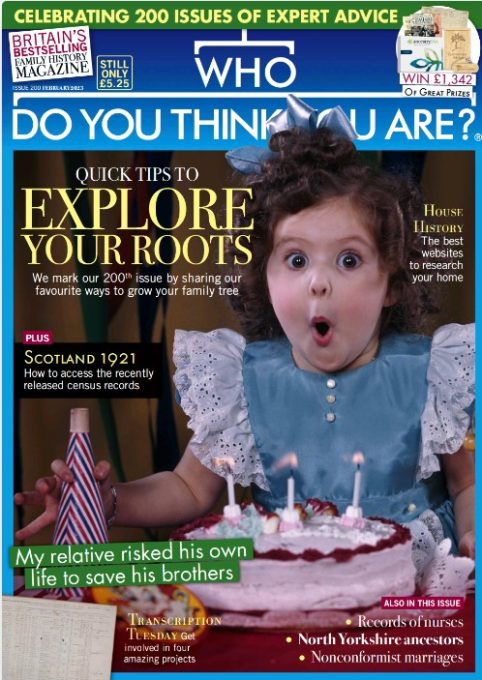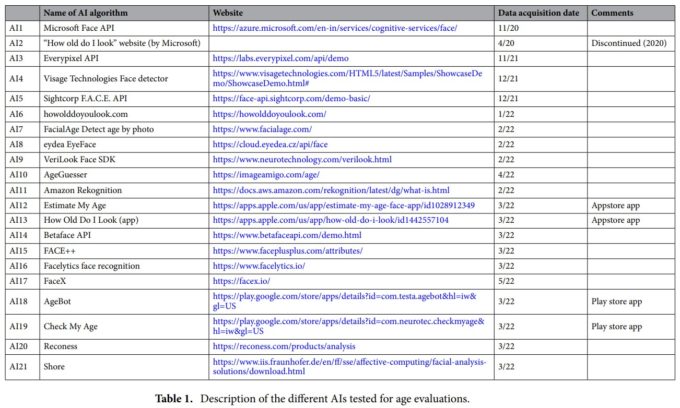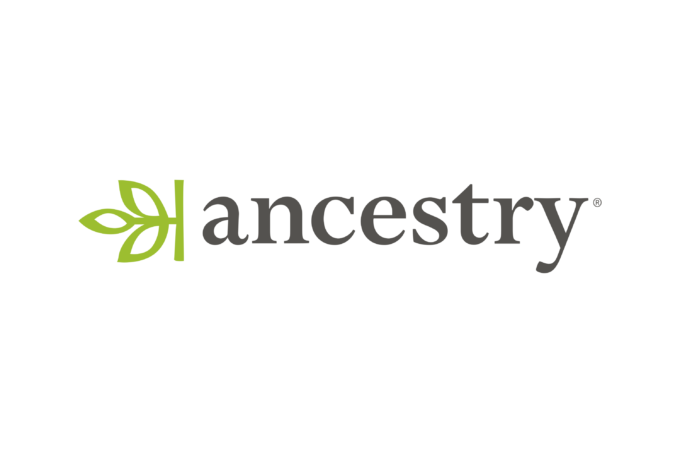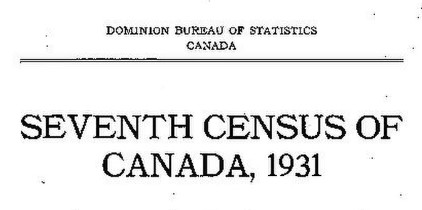A two-day Time Team Expedition explores a Roman Sarcophagus in Oxfordshire.
Search Time Team on YouTube for more content from previous episodes reedited.
 Editor Sarah Williams marks the magazine’s 200th issue by sharing her favourite ways to grow your family tree.
Editor Sarah Williams marks the magazine’s 200th issue by sharing her favourite ways to grow your family tree.
Rosemary Collins introduces Transcription Tuesday taking place on 31 January 2023. This year’s four projects are:
Bryce Evans recounts the story of the thousands of British Restaurants set up during the Second World War feeding hungry Britons on the Home Front.
Jo Thompson outlines the professionalisation of nursing in Britain, and the varied records that are available
Jonathan Scott rounds up the essential online resources to help uncover house history.
Legal historian Rebecca Probert talks you through researching the marriage of nonconformist ancestors
Nick Peers explains how to search the records of the newly released 1921 census of Scotland online.
And much more, including Jonathan Scott on the wide range of sources for those researching in the North Riding of Yorkshire.
Do you know someone looking to work at Library and Archives Canada? Here is evidence of LAC action to meet the backlog in ATIP orders (although not in the short term).
LAC – Access to Information and Privacy (ATIP) Branch seeks staff at the PM-03 – ATIP Analyst, and PM-04 – Senior ATIP Analyst level. Salary is in the range $65,547 to $77,378. Closing date: 18 January 2023 – 23:59, Pacific Time.
Further information here.
This is one of six staffing ads LAC currently has posted here.
 FamilySearch announced new names for its flagship Family History Library located in Salt Lake City, Utah, and all family history centers worldwide. The library will now be known as the FamilySearch Library, and all family history centers will now be FamilySearch centers … more.
FamilySearch announced new names for its flagship Family History Library located in Salt Lake City, Utah, and all family history centers worldwide. The library will now be known as the FamilySearch Library, and all family history centers will now be FamilySearch centers … more.
A rose by any other name …
 The first Historical Society of Ottawa in-person event for 2023, at 1 pm on Wednesday, 11 January, is a debate on “Marion Dewar or Charlotte Whitton? Which one was Ottawa’s most remarkable mayor?”
The first Historical Society of Ottawa in-person event for 2023, at 1 pm on Wednesday, 11 January, is a debate on “Marion Dewar or Charlotte Whitton? Which one was Ottawa’s most remarkable mayor?”
The debaters are Robert Fox, Former Chief of Staff to Marion Dewar, and Dave Mullington, Author “Charlotte: The Last Suffragette” and “Chain of Office: Biographical Sketches of the Early Mayors of Ottawa (1847-1948)
The event is at the Main Branch of the Ottawa Public Library.
Choose from a few selected free online events in the next five days. All times are ET except as noted. Those in red are Canadian, bolded if local to Ottawa or recommended. Assume registration in advance is required; check so you’re not disappointed. Additional mainly US events are listed at https://conferencekeeper.org/virtual.
TUESDAY 10 JANUARY
2 pm: OGS Ottawa Branch Virtual Drop-in.
https://meet.google.com/nvz-kftj-dax
2 pm: MyHeritage’s Latest Photo Innovations, by Tal Erlichman for Legacy Family Tree Webinars/MyHeritage.
https://familytreewebinars.com/webinar/myheritages-latest-photo-innovations/
7 pm: AGM 2023 PLUS learn to use the Members site fully and other sites, by Jane Teskey and Alan Campbell for Lambton Branch OGS.
https://lambton.ogs.on.ca/calendar/lambton-annual-meeting-2023-plus-learn-to-use-the-members-site-fully-and-other-sites/
WEDNESDAY 11 JANUARY
8 pm: Proving Identity: Telling Two Same-Named People Apart, by Robyn Smith for Legacy Family Tree Webinars.
https://familytreewebinars.com/webinar/proving-identity-telling-two-same-named-people-apart/
THURSDAY 12 JANUARY

FRIDAY 13 JANUARY

SATURDAY 14 JANUARY
9 am: ScotlandsPlaces for Family Historians, by Robert Urquhart for BIFHSGO.
https://us02web.zoom.us/meeting/register/tZwvduuppzouGdeQedQiV1hj5EKKiPj8Q32V
10 am: Untangling “Family Thickets”: Cornwall to Canada, by Wesley Johnston for BIFHSGO.
https://us02web.zoom.us/meeting/register/tZwvduuppzouGdeQedQiV1hj5EKKiPj8Q32V
Do you have an unidentified photo, perhaps in an album you inherited, with someone you suspect is in your family tree but aren’t sure about? Guessing the age, along with accessing dress and hairstyle, is a way to narrow the options, but how sure can you be?
You’ve probably had the uncomfortable experience of guessing someone looks older than they are. Good advice is to avoid guessing if you can; the error can be embarrassing. Guessing can be particularly tricky if they are unwell or have an unfamiliar ethnicity.
Estimating from a photograph can be problematic, too, with many factors confounding the ability to accurately estimate age, including familiarity with the person, the quality and lighting of the photograph, and the presence of facial features that are commonly associated with different age ranges (such as wrinkles, gray hair, etc.).
In general, people are better at estimating the ages of those who are closer in age to themselves, and have greater difficulty accurately estimating the ages of those who are significantly younger or older.
People in old photos may look older at the same age due to the grind of physical labour and poorer nutrition.
Could artificial intelligence (AI) help remove the human factor? A recent article Biases in human perception of facial age are present and more exaggerated in current AI technology (pdf) compared the performance of human observers and several AI programs in estimating people’s ages from photos of their faces. The results showed that present-day AI is even less accurate and more biased than human observers when judging a person’s age, even though the overall pattern of errors and biases is similar. AI tended to overestimate the age of smiling faces even more than human observers did, and showed a sharper decrease in accuracy for faces of older adults compared to faces of younger age groups, for smiling compared to neutral faces, and for female compared to male faces. The greatest deviation of estimated to real age is for older adults who are judged to be younger than their real age.

This table from the article lists the AI facilities used in the study in case you’d like to experiment.
 The title Lancashire, England, Index of Wills and Probates Proved at Richmond and Chester, 1600-1858 originally posted on Ancestry last June, was updated last Thursday and now has 168,131 records. There’s a link to purchase a copy of the full record from the Lancashire Record Office.
The title Lancashire, England, Index of Wills and Probates Proved at Richmond and Chester, 1600-1858 originally posted on Ancestry last June, was updated last Thursday and now has 168,131 records. There’s a link to purchase a copy of the full record from the Lancashire Record Office.
UK, Mechanical Engineer Records, 1847-1938 initially placed online by Ancestry in June 2013, now has 109,201 records. The records are quite interesting and may include: age; birth date; birthplace; event date; education; apprenticeship details; work experience, with dates, places, employers; names of those who proposed a new member and supported his or her election.
His many genealogy friends will be sad to learn of the passing of Bob Dawes on 7 January.
Bob was for many years a leader for the Quinte Branch of OGS, a popular speaker across the province as recently as last May, and for Ottawa Branch in September 2020.
Bob documented his family history research at http://dawesroots.blogspot.com/.
My condolences to his wife Barbara.
Miscellaneous items I found of interest during the week.
Are you related to Richard III?
Londoner solves 20,000-year Ice Age drawings mystery
Coventry photographer’s archive saved from a skip catalogued by volunteers
Mary, you will be missed
I’m informed that Mary Munk retired from Library and Archives Canada at the end of 2022. She was a long time employee and genealogy specialist. On visiting pre-pandemic I always hoped it woukd be Mary on duty at the genealogy desk when I needed help. I’m told that in the past couple of years Mary was involved in rewriting material for the new LAC website working remotely. Join me in wishing Mary a long and happy retirement.
German WW2 target maps
Identifier 3371016 is a series held at the US National Archives Cartographic Branch consists of target dossiers of the British Isles. Each dossier consists of a map, overprinted aerial photograph, and a site description. This partially digitized series contains 1,166 items with a total of 4,626 digital objects currently online and ready to view.
The best of CES 2023
The best in eleven categories of electronics according to Engadget. Occasionally things you might want if they ever come to market.
Thanks to this week’s contributors: Alison Hare, Anonymous, Brenda Turner, Christine Jackson, gail benjafield, Glenn Wright, Patti Mordasewicz, Teresa, Unknown.

A document is now posted following the Information Commissioner’s highly critical April 2022 report on LAC’s non-compliance with deadlines set out in the Access to Information Act.
The document is an Action Plan. There’s an ATIP Task Force responsible for implementing the plan.

The plan is long on the word will as indicated in this document wordcloud. LAC acknowledges that “tangible results will still take time.”Ancesdotally I hearing of improvements in response time.
Although the document emphasizes what will be done there is just one mention of hiring having been taken.
“LAC has proactively strengthened its ATIP function and improved its capacity to respond to requests by expanding its management team and recruiting new staff across the institution to support the response to ATIP requests.”
What’s “proactive” about this recruitment? How many staff have been recruited to respond directly to ATIP requests?
We llok forward to the next and let’s hope more substantive semi-annual report when “LAC will be reporting on its progress against commitments in this Action Plan, through a combination of qualitative and quantitative measures. Quantitative measures will begin after the fiscal year 2022-23 to demonstrate progress.”
 You will be pleased to learn this welcome news provided to me by LAC Media.
You will be pleased to learn this welcome news provided to me by LAC Media.
LAC is currently digitizing and preparing the 1931 Census for access. Our plan is to have the first online access tool available for the release date in June 2023. This preliminary tool will allow access to digitized images by sub-district. Work to transcribe and create a nominal index will begin as soon as we can provide public access and we will provide regular updates on our progress towards a fully searchable database.
This follows somewhat the same process used for releasing and indexing the 1950 US census in 2022 that enabled timely access and others to index, including using optical character recognition.